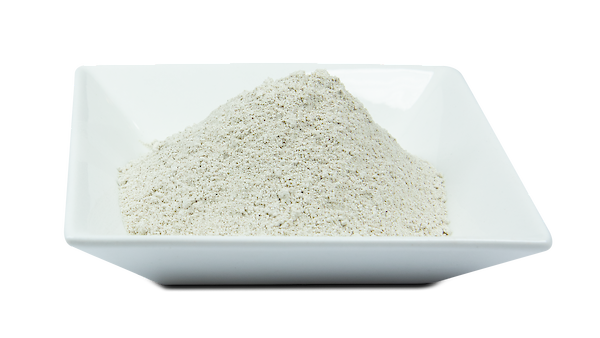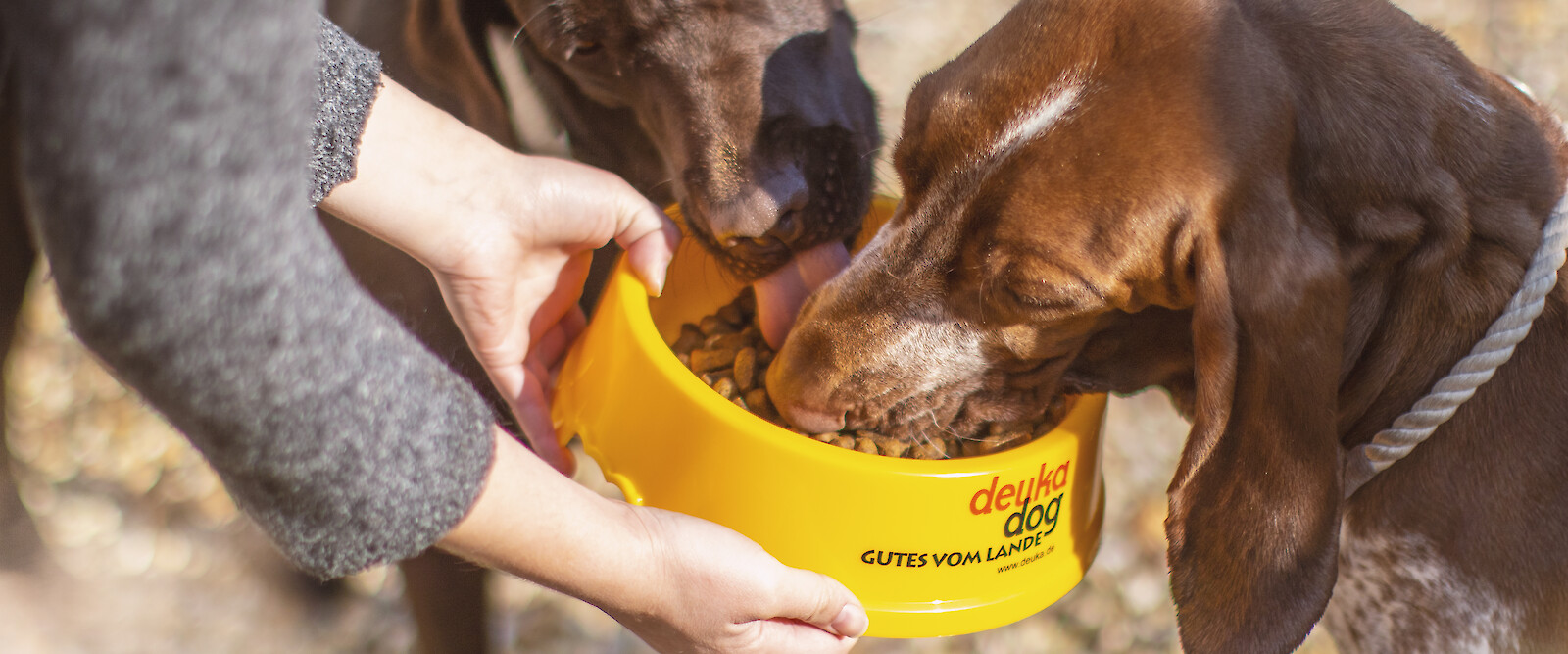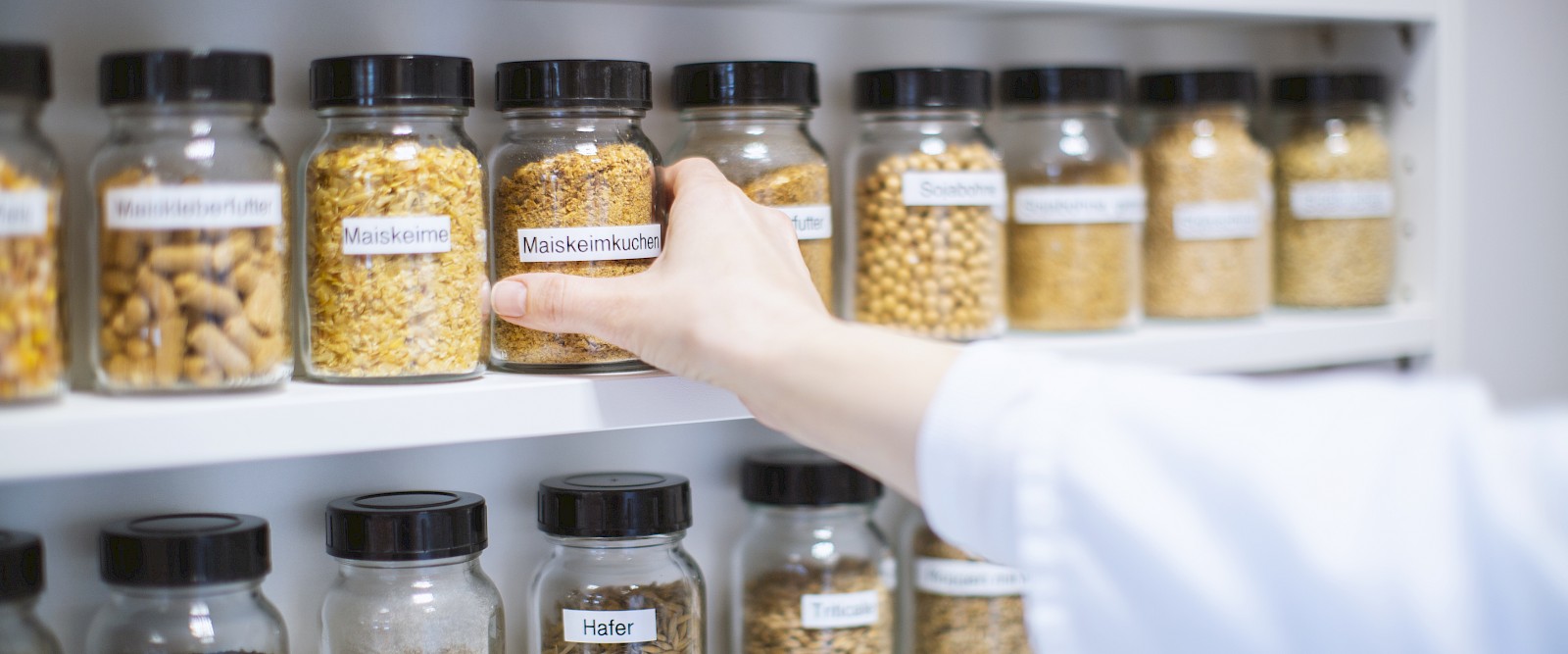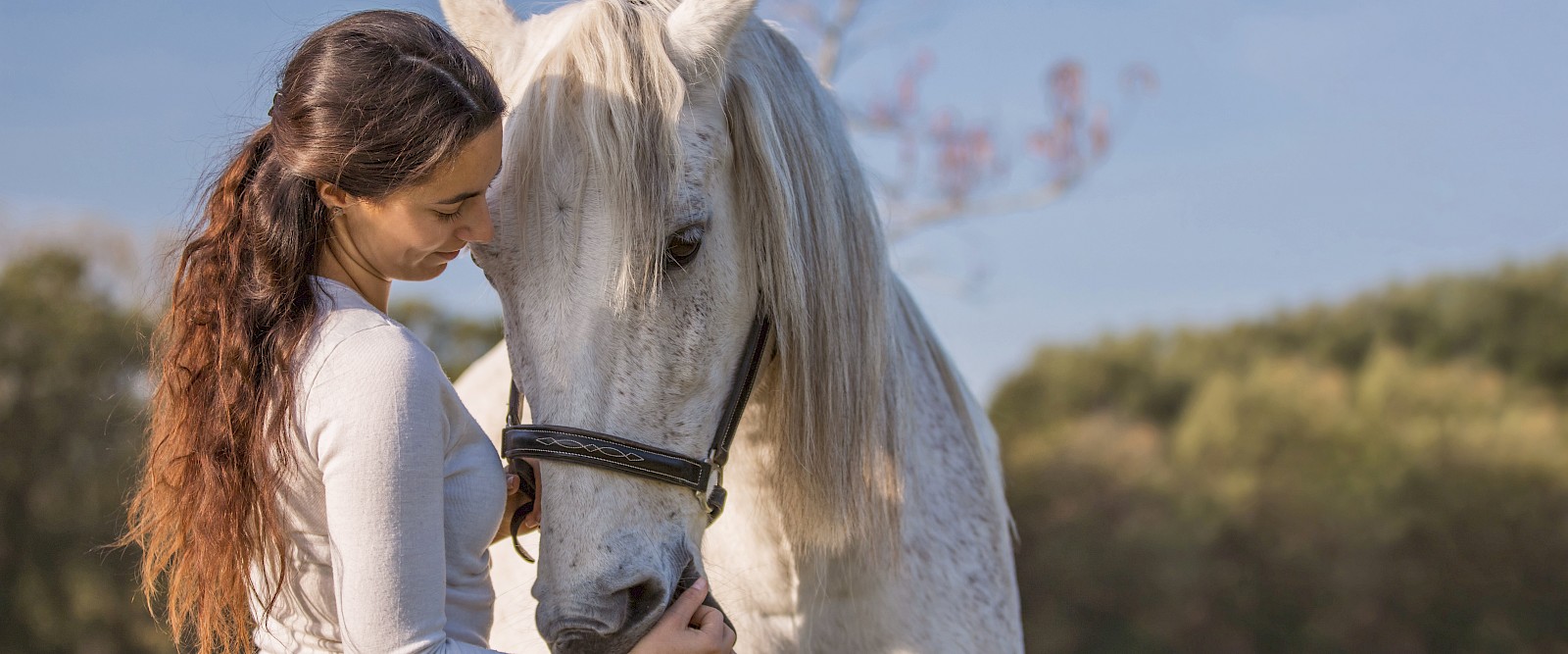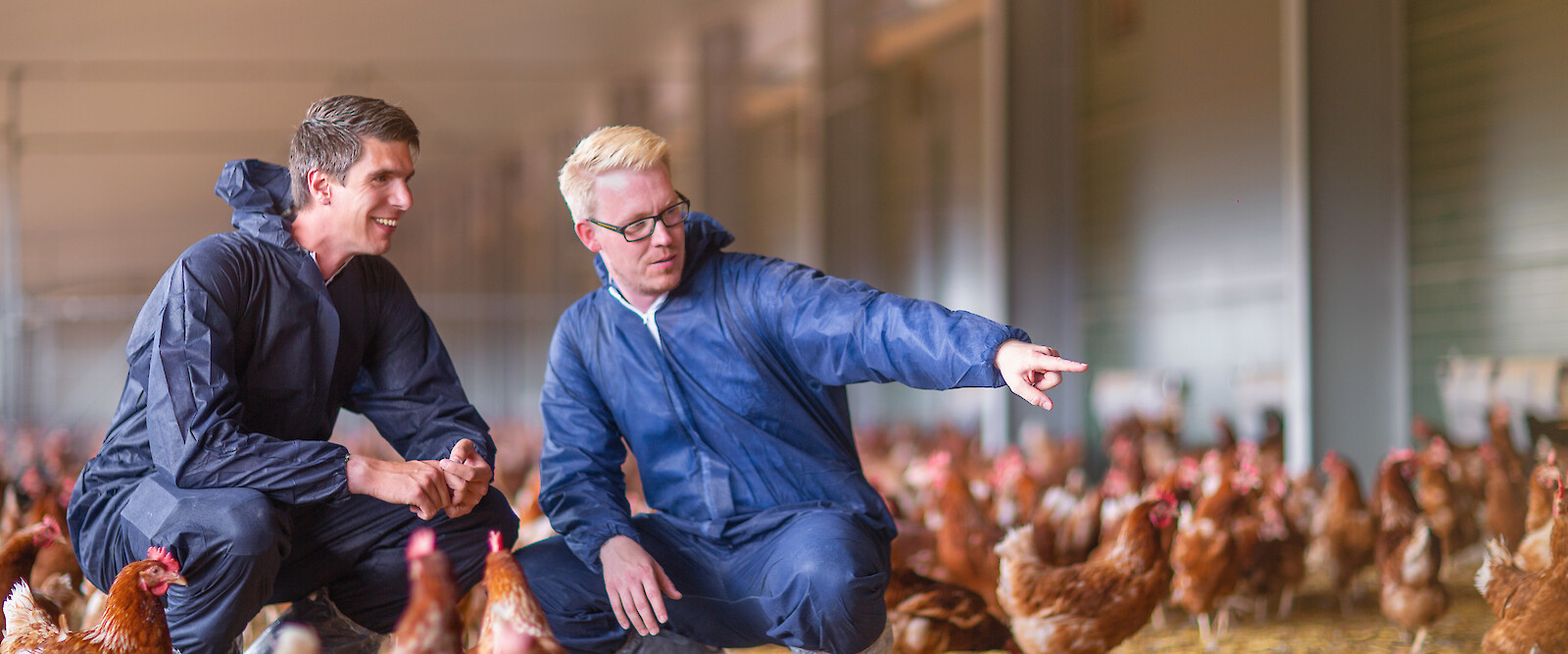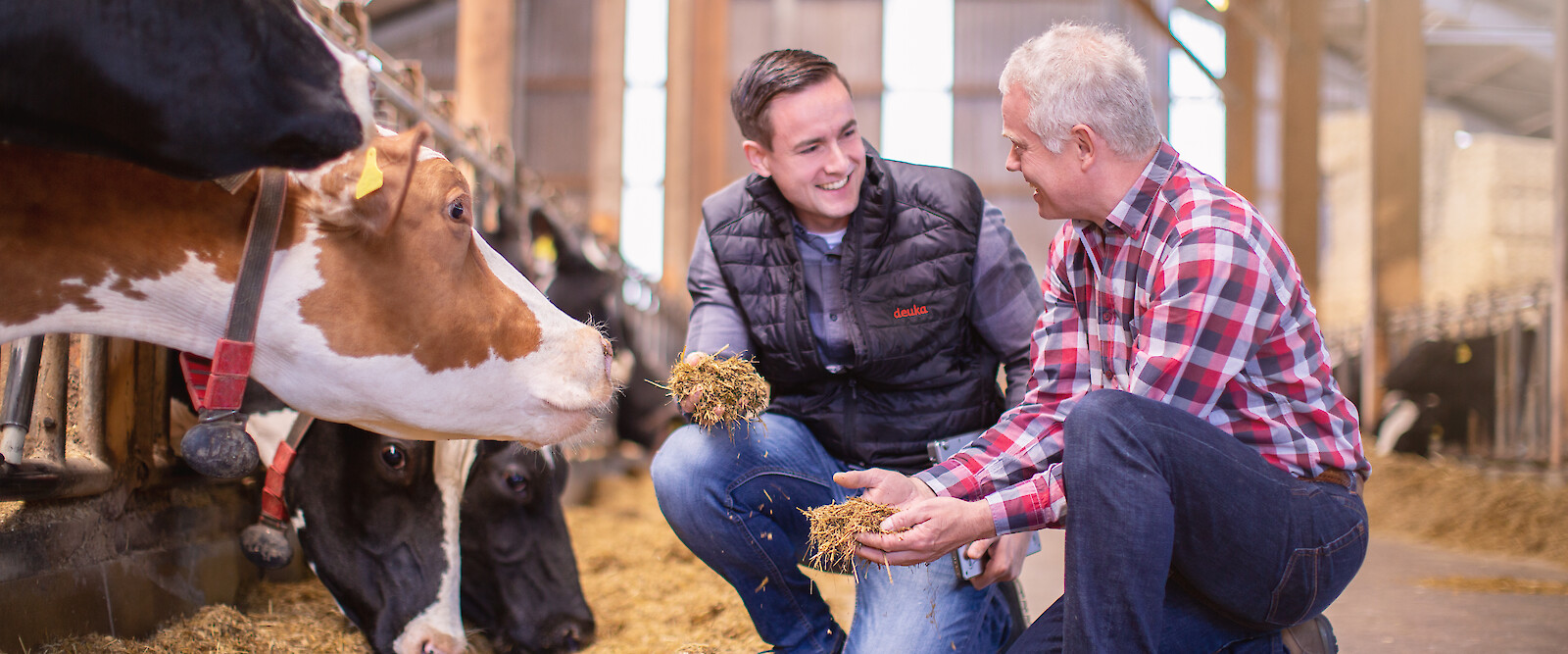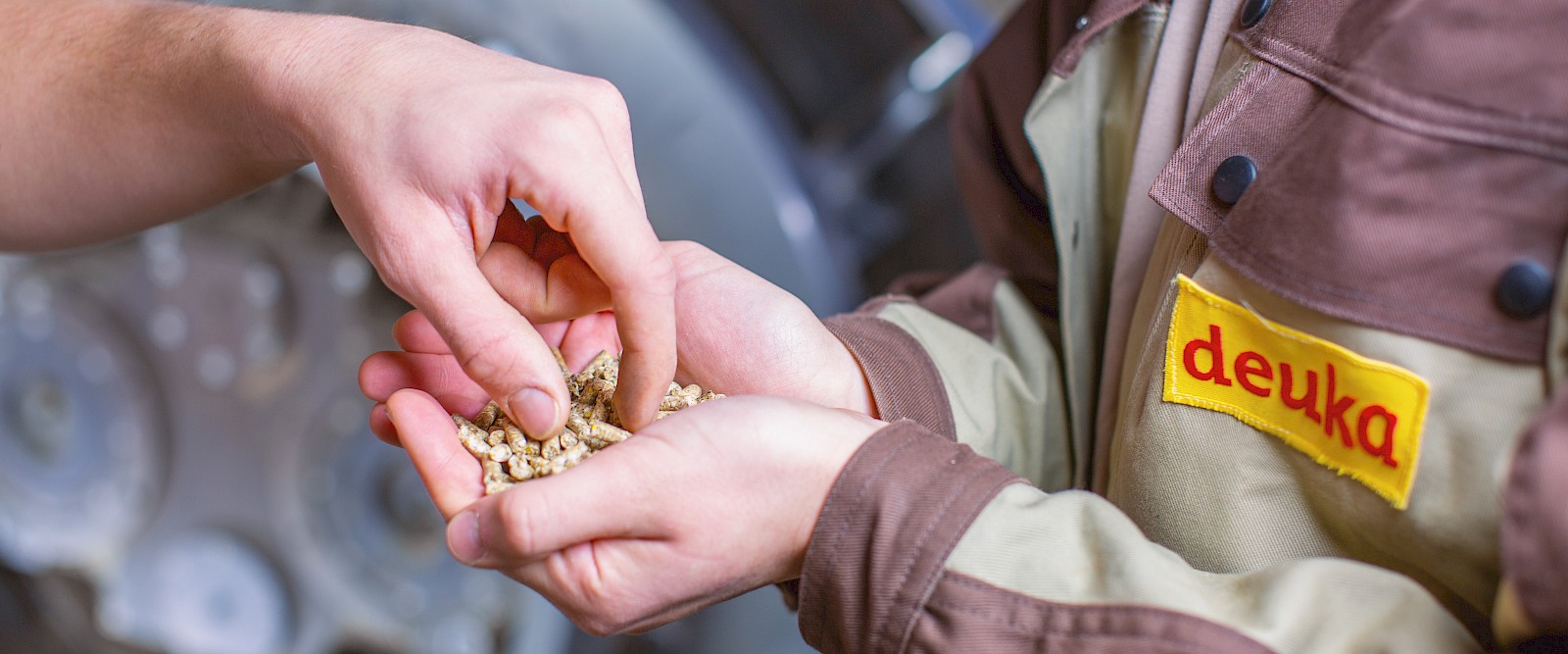Raw material and nutrient lexicon
Calcium
Calcium, along with phosphorus, is a building material for bones and teeth as well as a component of tissues and body fluids. It is of vital importance for the physiologically correct metabolic process. Without calcium, for example, blood cannot clot. Together with magnesium , calcium controls nerve functions. During growth, calcium is almost completely stored in the bones. Depending on the body's demands on the mineral balance, calcium is stored in or out of the bone depot. If there is an undersupply of calcium, disturbances occur in the intermediate metabolism as well as in growth. In the bone system, demineralisation can occur and, in conjunction with an insufficient supply of vitamin D , bone softening (rickets). An over-supply of calcium can result in licking or, in parturient animals, so-called "recumbency" before and after birth. If there is not enough phosphorus available in parallel to a calcium over-supply, bone fragility can occur.
- The following feedstuffs are low in calcium: cereals, green fodder, maize silage, beet, brewer's grains, oil cake/ meal
- The following feedstuffs are rich in calcium: alfalfa and clover hay, sugar beet leaf, dried pulp
The animals are supplied with calcium according to their needs by supplementing the feed with naturally occurring, mineral calcium compounds such as calcium carbonate, phosphate, sulphate or chloride.
